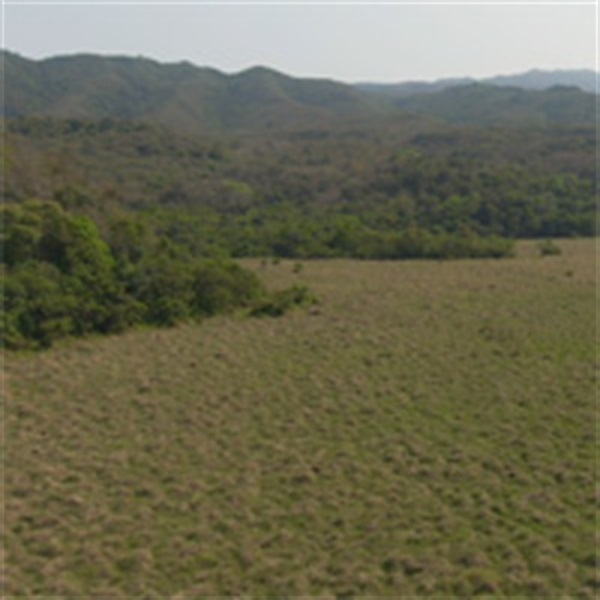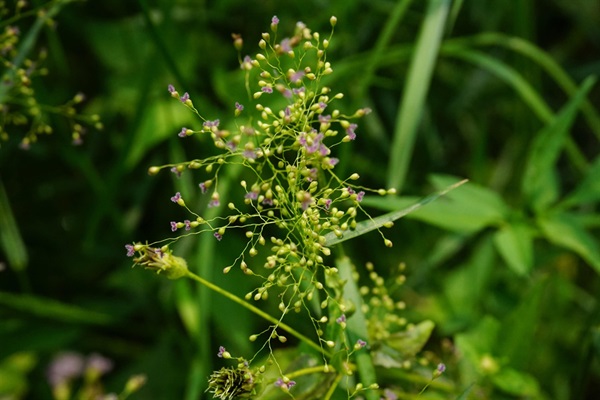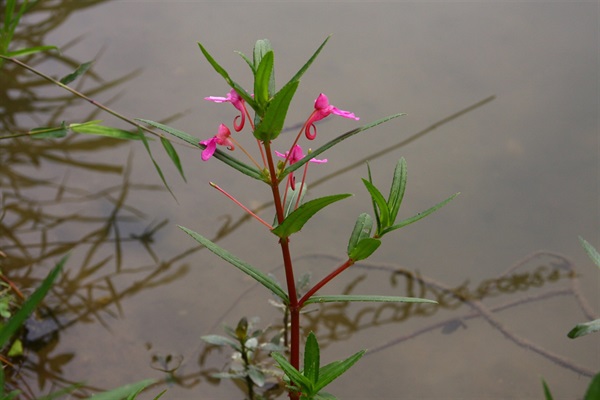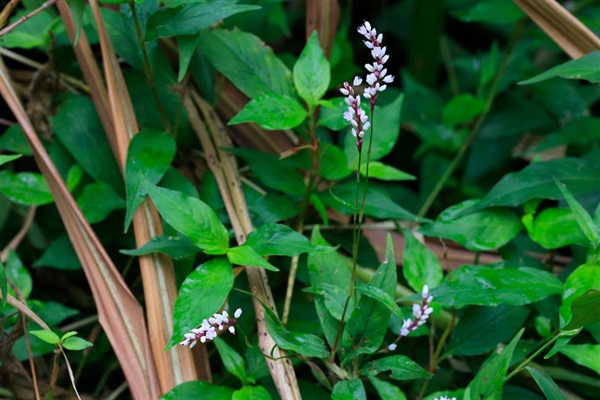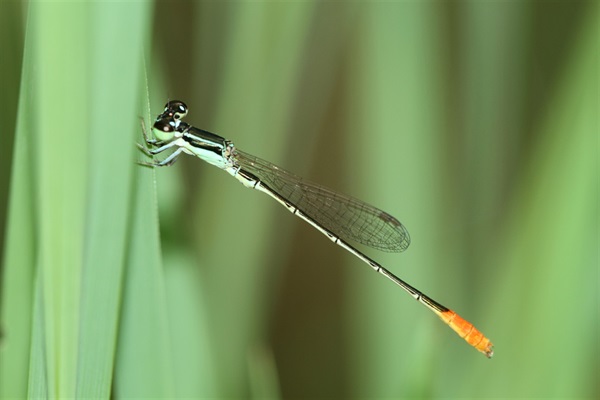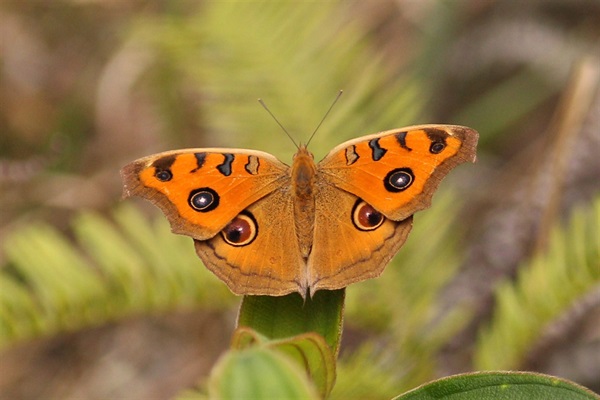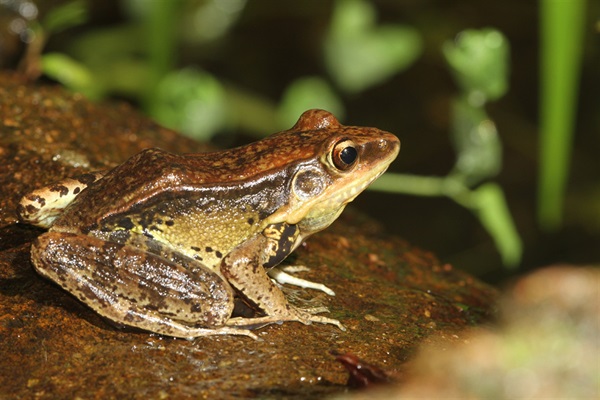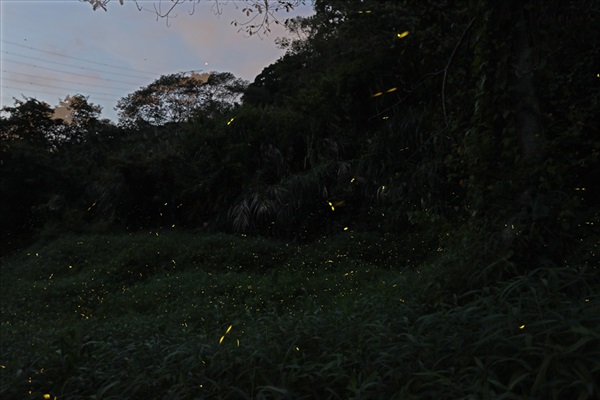Marsh is a transitional habitat between aquatic ecosystems and terrestrial ecosystems, mainly composed of hydrophytes. Marsh is often found on the edges of water bodies (e.g. rivers, lakes and sea) and is rich in biodiversity.
Hong Kong's marshes can be broadly divided into three types: lowland freshwater marshes, mountain low-lying marshes and brackish marshes. Local natural freshwater marshes have long ceased to exist. The lowland freshwater marshes scattered around the villages were gradually formed after the abandonment of rice paddies or hydroponic farms. These abandoned farmlands have gradually transformed into marshes due to the blockage of waterways. If there is no stable water source nearby, these wetlands are likely to be gradually occupied by terrestrial weeds and slowly become terrestrial habitats.
Plant community structure often reflects the hydrological status of a marsh. For freshwater marshes, such as those barren fields with deeper water level and are relatively humid over the year, the vegetation is dominated by hydrophytes from the genus Persicaria and families Commelinaceae and Cyperaceae. Seasonally dried barren fields or those with shallower water levels are dominated by Globose Twinball Grass (Isachne globosa), Panic Grass (Panicum repens), and Interrupted Tri-vein Fern (Cyclosorus interruptus). Probably because of the higher humidity, shorter sunshine and lower temperature in the mountains, mountain low-lying marshes are generally quite different from the lowland freshwater marshes in terms of vegetation makeup. As for the brackish water marshes, they are connected to mudflats and mangroves. The vegetation of these marshes is relatively simple, with large areas of Malacca Galingale (Cyperus malaccensis), Common Reedgrass (Phragmites australis), and Rust-coloured Fimbristylis (Fimbristylis sieboldii).
